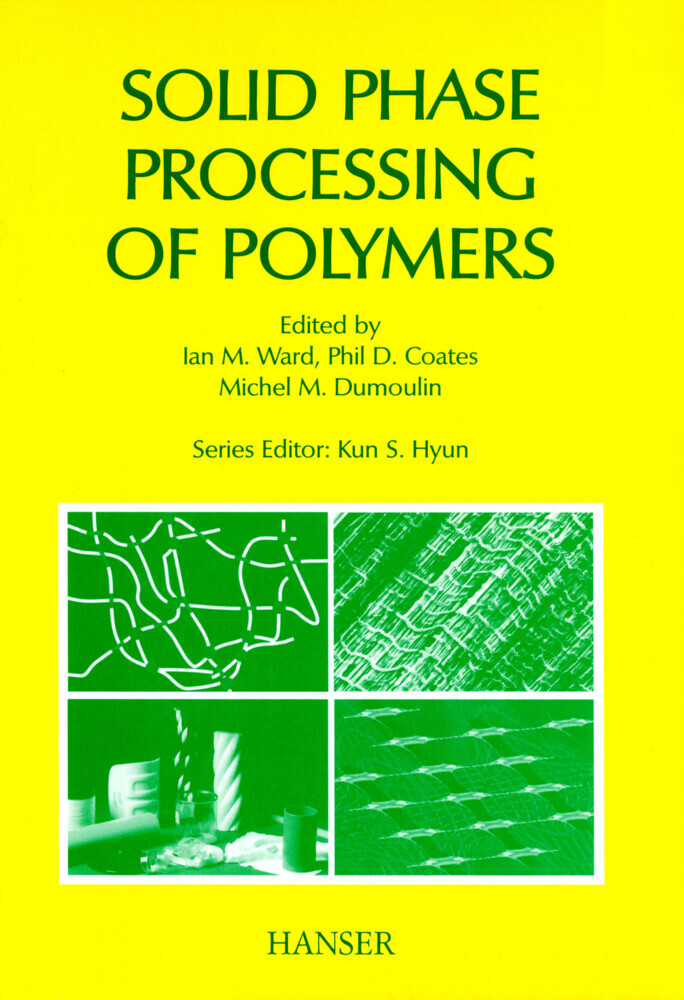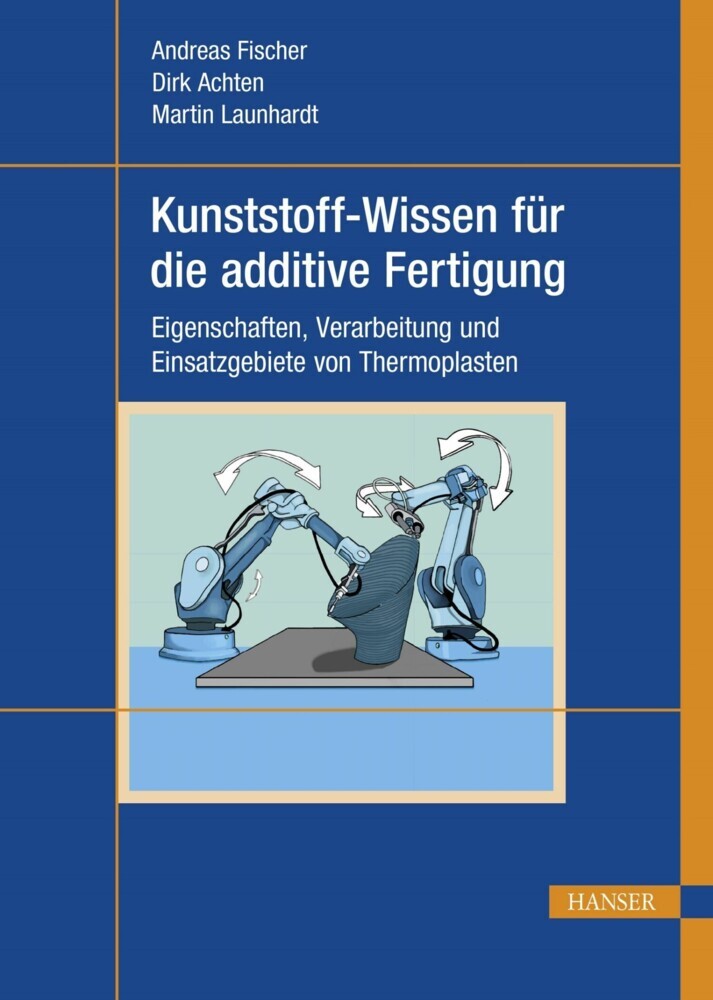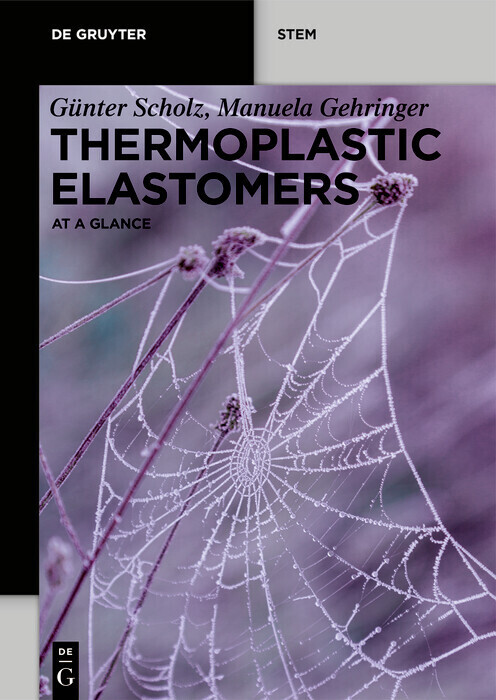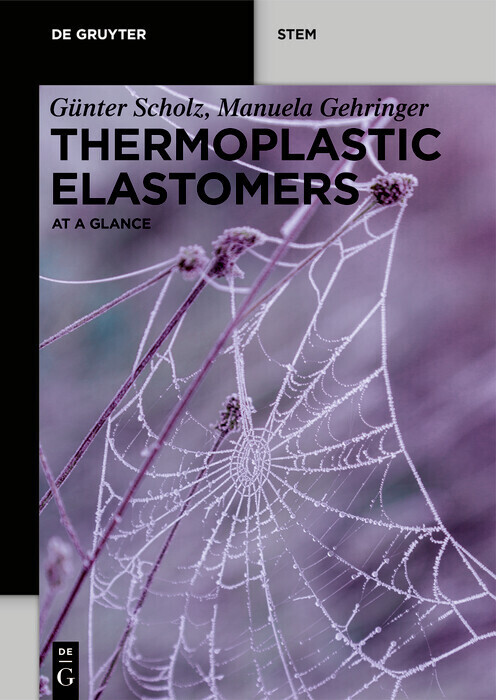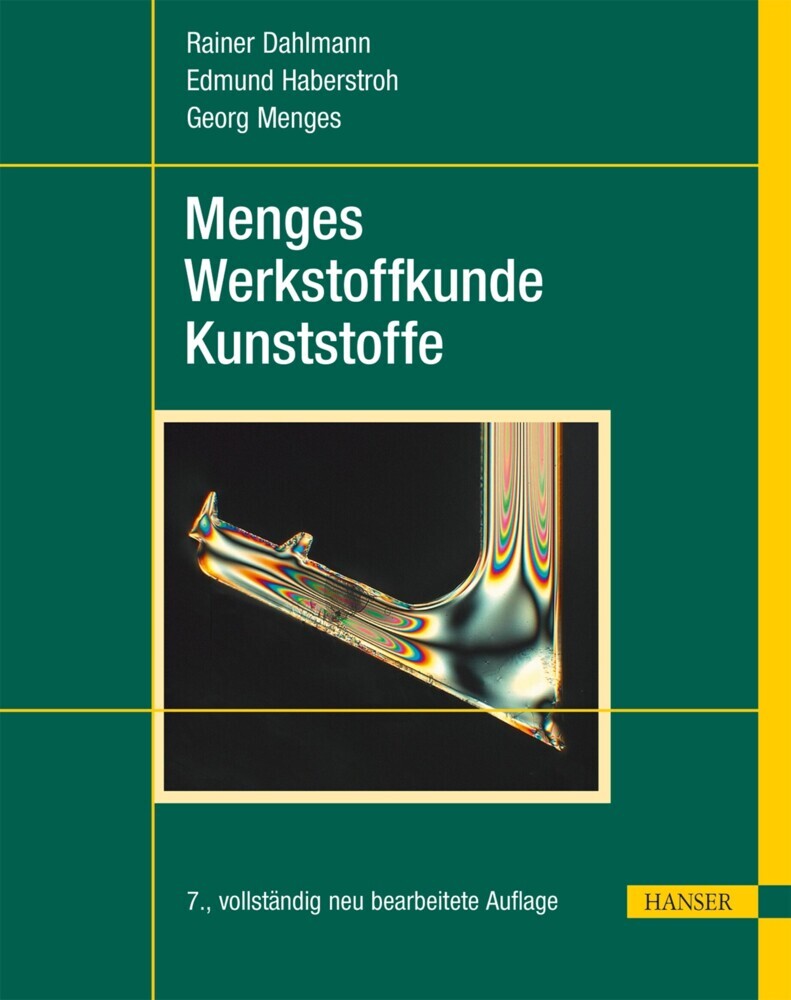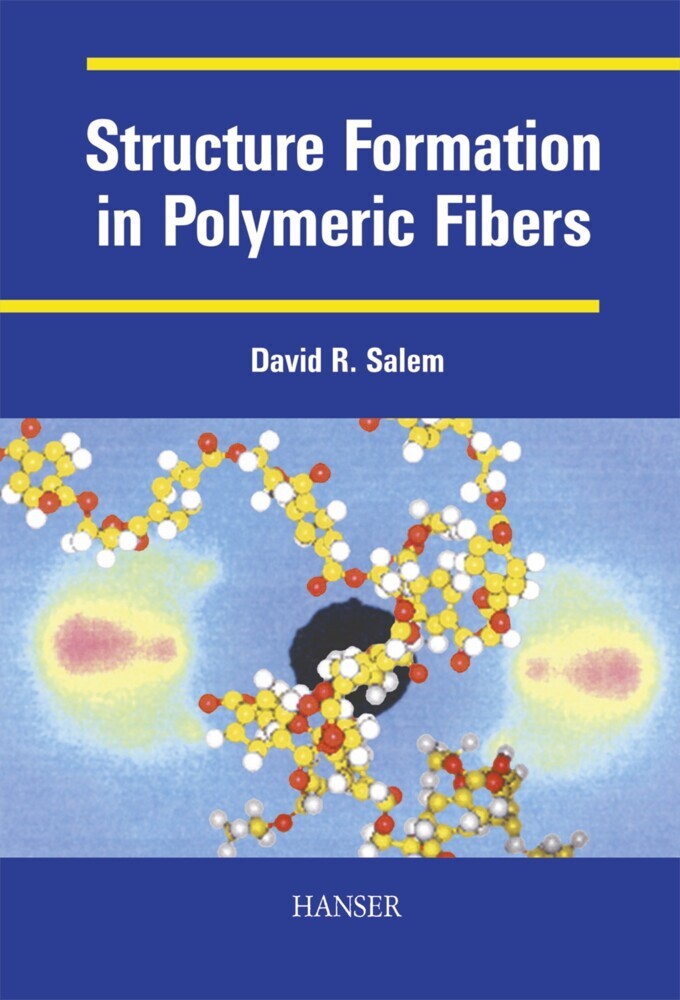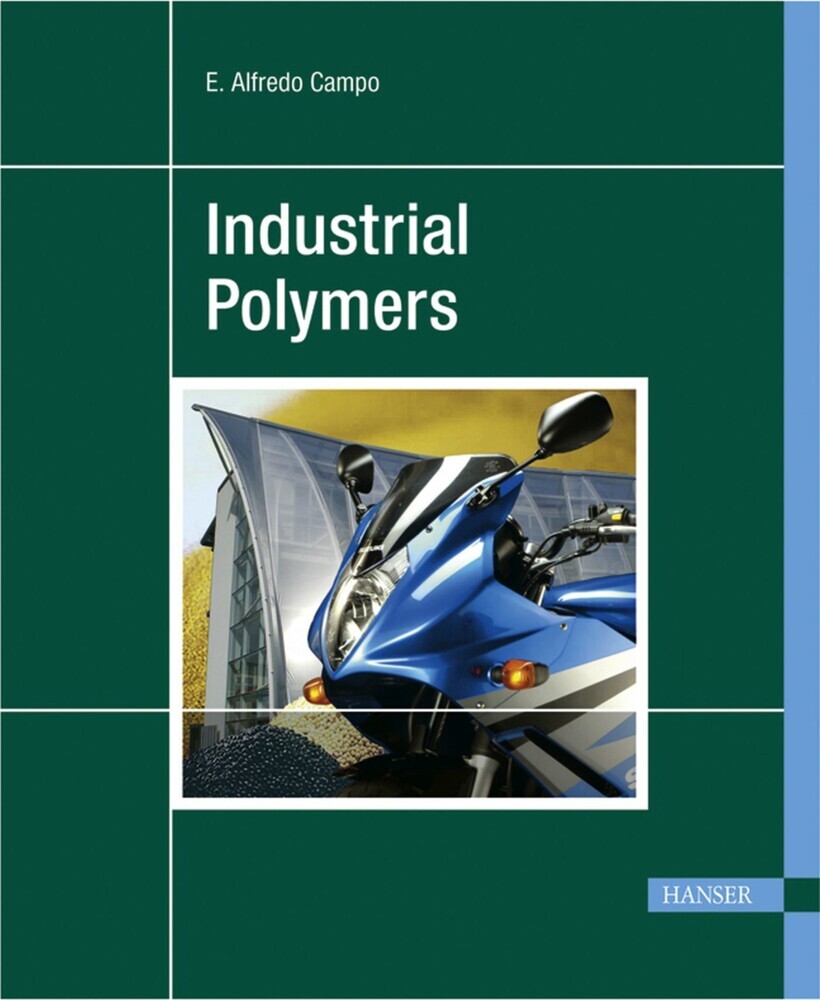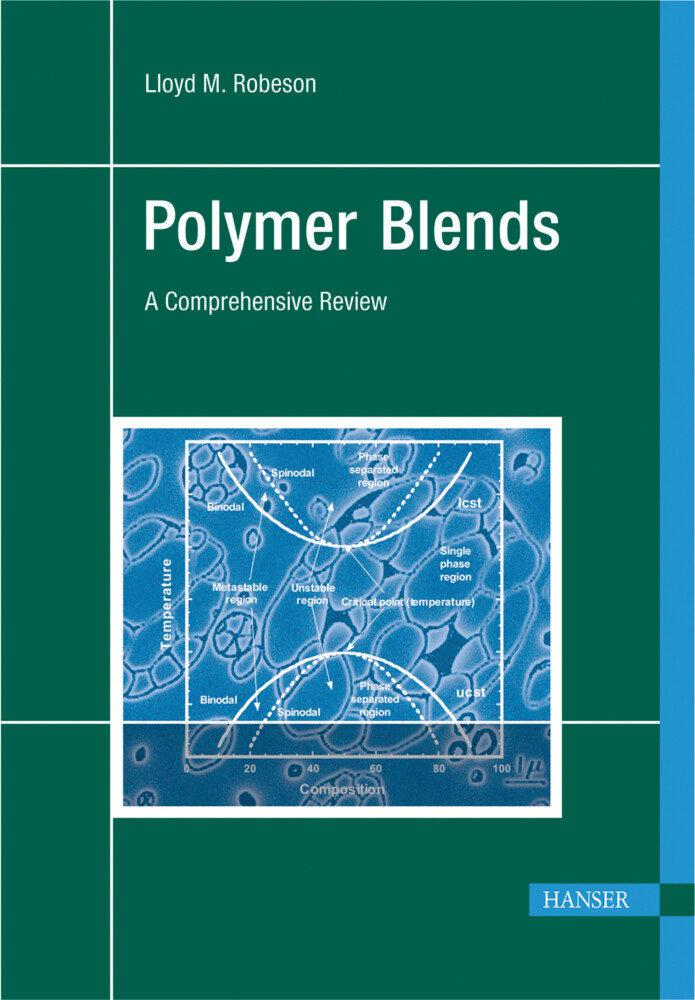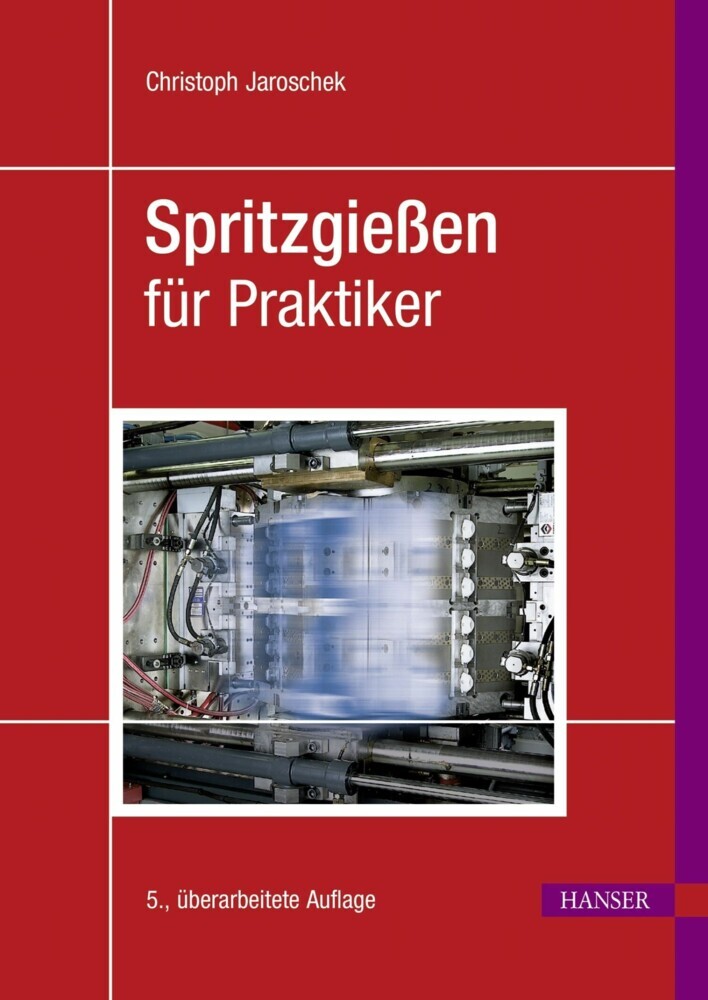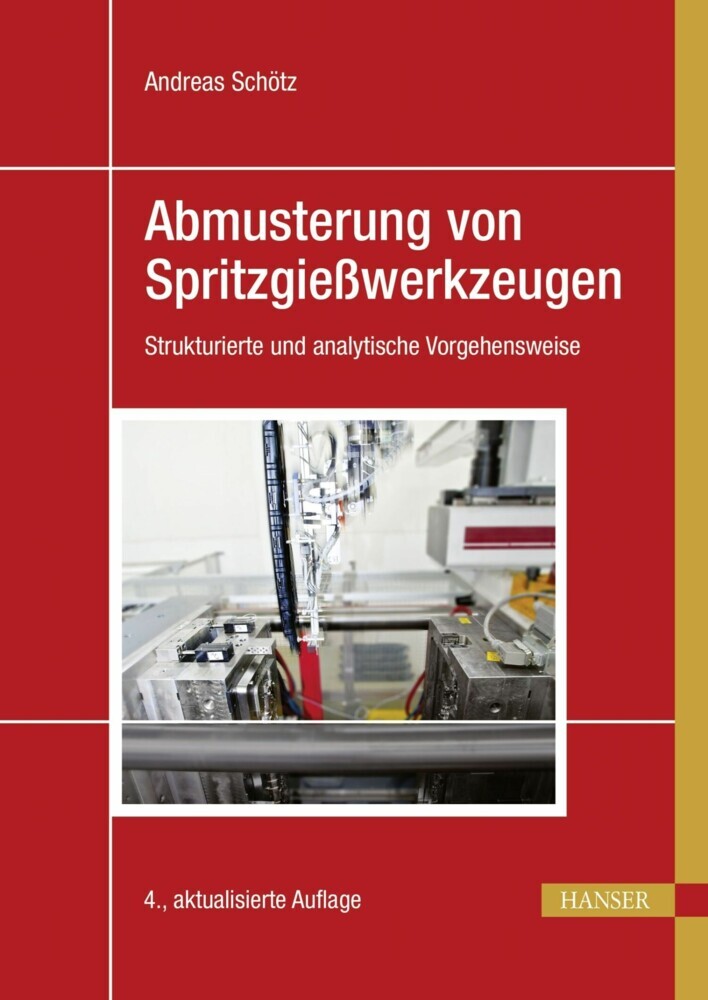Solid Phase Processing of Polymers
Solid Phase Processing of Polymers
Solid Phase Processing of Polymers provides a comprehensive up-to-date account of the solid phase processing of polymers with particular emphasis on the production of oriented polymers in the form of fibers, films, and solid sections, including rods, sheets, and tubes. It explains how such oriented materials can be produced by a wide range of techniques, including tensile drawing, die drawing, ram extrusion, and hydrostatic extrusion. It also discusses how the development of molecular orientation and structural changes lead to improvements in properties, especially in mechanical properties.
This book should form a useful bridge between polymer engineering and polymer physics. It will serve as a valuable aide-memoir to the experienced polymer scientists/technologists and a useful introduction to those entering a very challenging and exciting area.
This book should form a useful bridge between polymer engineering and polymer physics. It will serve as a valuable aide-memoir to the experienced polymer scientists/technologists and a useful introduction to those entering a very challenging and exciting area.
1;Foreword;82;Contents;103;1 Introduction;223.1;1.1 Key Scientific Issues;223.1.1;1.1.1 The chemical structure of the polymer and its degrees of regularity;223.1.2;1.1.2 The effect of plastic deformation, the concept of the true stress-true strain curve;243.1.3;1.1.3 Structural considerations: molecular understanding of plastic deformation;293.2;References;314;2 Deformation Mechanisms and Morphology of Crystalline Polymers;324.1;2.1 Introduction;324.2;2.2 Macroscopic Phenomena;324.3;2.3 Cracks, Crazing and Brittleness;334.4;2.4 Segregation-Induced Brittleness;364.5;2.5 Cold Drawing;374.6;2.6 Morphological Factors;384.7;2.7 Microscopic Observations;404.8;2.8 Electron Microscopy;414.9;2.9 The Deformation of Banded Spherulites;434.10;2.10 Lamellar Deformation;454.11;2.11 Memory Retention in Cold Drawing;464.12;2.12 Ordering Within Fibres;484.13;2.13 Disentanglement;504.14;2.14 Overview;504.15;References;515;3 Characterization of Orientation;545.1;3.1 Molecular Orientation and Its Definition;545.2;3.2 Birefringence;625.2.1;3.2.1 Biaxially oriented polyethylene terephthalate (PET) film;675.2.2;3.2.2 PET orientation and relaxation monitoring;685.3;3.3 Vibrational Spectroscopy;705.3.1;3.3.1 General;705.3.2;3.3.2 Transmission infrared spectroscopy;705.3.3;3.3.3 Attenuated total reflection (ATR) infrared spectroscopy;795.3.4;3.3.4 External reflection infrared spectroscopy;815.3.5;3.3.5 Photoacoustic infrared spectroscopy;845.3.6;3.3.6 Raman spectroscopy;855.4;3.4 Other Spectroscopic Techniques;865.4.1;3.4.1 Fluorescence;865.4.2;3.4.2 Nuclear magnetic resonance (NMR) spectroscopy;885.5;3.5. X-Ray Diffraction;905.5.1;3.5.1 General;905.5.2;3.5.2 Amorphous orientation from X-Ray diffraction;955.5.3;3.5.3 Synchrotron X-Ray diffraction;975.6;3.6 Ultrasonic and Other Techniques;985.7;References;1006;4. Solid State Processing of Fibers;1066.1;4.1 Introduction;1066.1.1;4.1.1 Background;1066.1.2;4.1.2 Common polymers used in man made fibers;1066.2;4.2 Overview of Fiber Processing;1076.3;4.3 The Liquid State;1106.4;4.4 The Spinning Process;1116.4.1;4.4.1 Spinning technology;1116.4.2;4.4.2 Modelling the spinning process;1156.4.3;4.4.3. Development of structure during melt spinning;1206.4.4;4.4.4 Development of structure during solution spinning;1226.4.5;4.4.5 Development of structure during liquid crystalline spinning;1236.5;4.5 The Drawing Process;1236.5.1;4.5.1 Drawing technology;1246.5.2;4.5.2 Modelling the drawing process;1266.5.3;4.5.3 Development of structure during drawing of flexible chain polymers;1316.6;4.6 The Heat Treating Process;1346.6.1;4.6.1 Heat treating technology;1346.6.2;4.6.2 Development of structure during the heat treating of flexible chain polymers;1356.6.3;4.6.3 Development of structure during the heat treating of rigid chain polymers;1356.7;4.7 Fiber Structure: Multiphase Models;1366.8;4.8 General Process-Structure-Property Relationships;1376.9;4.9 Other Textile Processes;1386.10;4.10 Special Processes;1396.10.1;4.10.1 Gel spinning and superdrawing;1396.10.2;4.10.2 Protein fibers;1396.11;4.11 Conclusions: what do you want to make - what really matters;1406.12;References;1407;5 High Modulus Fibres;1417.1;5.1 Melt Spun Polyethylene, Polypropylene and Polyoxymethylene (Polyacetal) Fibres;1417.1.1;5.1.1 Introduction;1417.1.2;5.1.2 The tensile drawing behaviour of polyethylene;1447.1.3;5.1.3 Tensile drawing of polypropylene and polyoxymethylene;1497.1.4;5.1.4 The structure of ultra high modulus polymers;1497.1.5;5.1.5 Fibre strength;1517.1.6;5.1.6 Other mechanical properties;1577.1.7;5.1.7 Thermal properties;1687.1.8;5.1.8 Surface treatment;1697.1.9;5.1.9 Applications of melt spun PE fibres;1707.1.10;5.1.10 Composites;1707.1.11;5.1.11 Hot compaction;1717.1.12;References;1737.2;5.2 Aramid Fibres;1767.2.1;5.2.1 Historical introduction;1767.2.2;5.2.2 Heat- and flame-resistant meta-aramid fibres;1787.2.3;5.2.3 High-tenacity high-modulus fibre
Ward, I. M.
| ISBN | 9783446401846 |
|---|---|
| Artikelnummer | 9783446401846 |
| Medientyp | E-Book - PDF |
| Copyrightjahr | 2013 |
| Verlag | Carl Hanser Fachbuchverlag |
| Umfang | 427 Seiten |
| Sprache | Englisch |
| Kopierschutz | Digitales Wasserzeichen |

